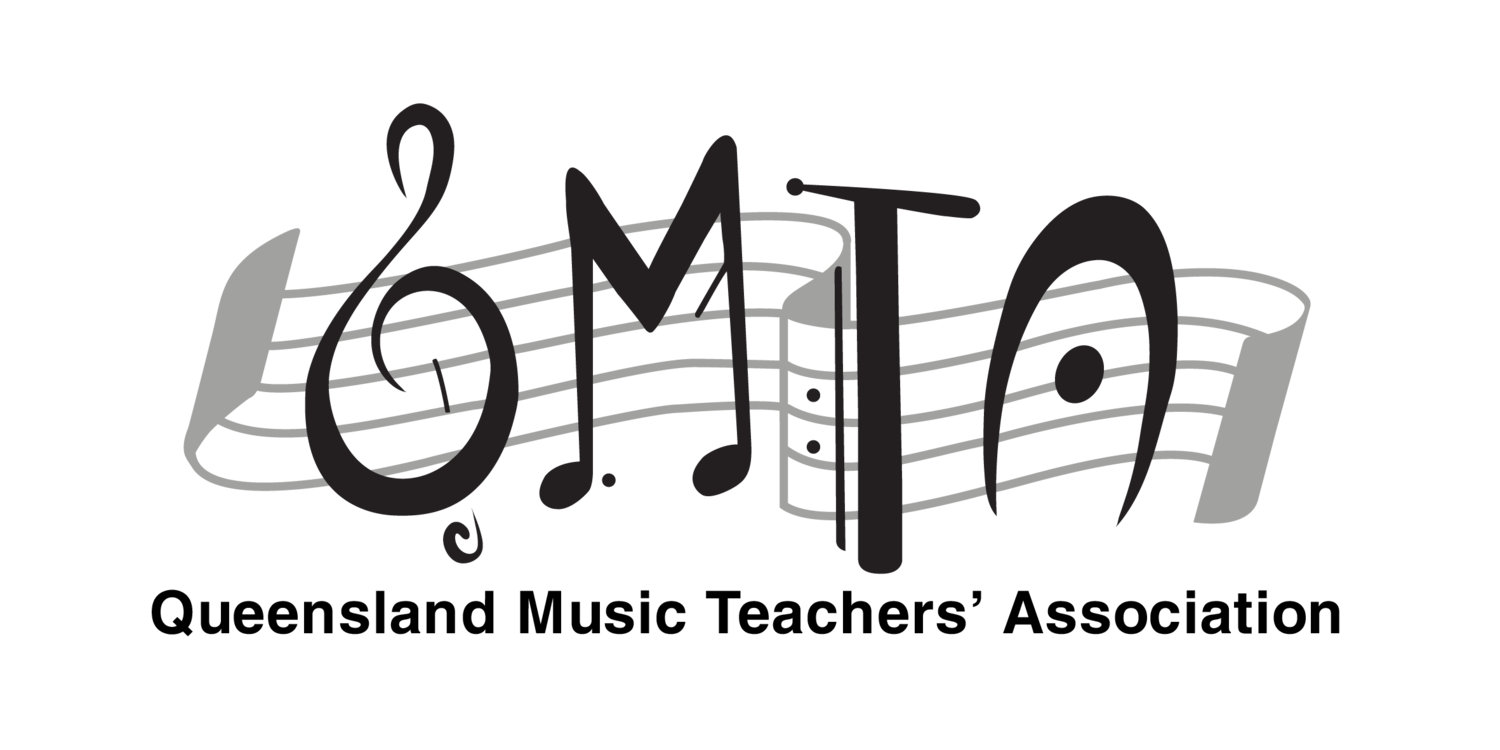Advanced Cantabile Technique with DR Diane Selmon
The infusion of poetry and literature into music is a key method described by Diane in this seminar. Imagination is vital when looking at the overall piece. This is the main difference between a 7th grade and an advanced student. She believes the students themselves must ‘expect’ a more detailed and varied response through arm weight, arm shift and a much greater decibel variation in each epoch. With a focus on the details of Schumann’s Romance Op. 28, and Schubert’s A Major Sonata Op. 120, we’re left with a greater appreciation for both the score’s details and our ability to conceive the music.
Advanced Piano Technique with Max Olding
An Inspiring glimpse into Max’s teachings, this workshop is a treasure to both the student and teacher. We are introduced to the concept of colour production through demonstration – by changing the balance within a chord – which Max described as simply a manipulation of the monochrome. A truly captivating concept. Further, he identified the use of different kinds of weight, legato touch, primary and secondary movements, rhythm manipulation, interpretation, and his enthralling concept to “feel an energy in each finger”.
NOTE: (electronic hum cresc/decresc.-ing throughout)
Analysis of mozart sonata WITH ALAN lANE
Intriguing and thought-provoking, Alan begins by examining the question, ‘What is classicism’? By comparing the Classical, to the High Baroque, and then to the Romantic period, he encourages our higher-order thinking by establishing the topic within our history. Following on, he examines, ‘What is the Classical structure’? Here, we address Alberti bass, keys, modulations, slurring and phrasing. Alan examines the sonatas K280, K310 and K576 in more depth.
Jazz improvisation with kerin bailey
Many teachers were classically trained, and teach classically. This lecture is to whip teachers into the modern world – the ‘melody and chord symbol’ charts. Kerin begins by addressing the types of chord symbols, for example, CM7, G7, Am7, Bm7b5. He demonstrated the seven 7th chords built upon every scale degree, followed by, another scale! Then we came to the I vi ii V, adding 9ths, and the Dorian and Mixolydian modes. Although heavy theory in a lot of content, this gives a background to the plethora of different avenues to explore for us and our students.
NOTE: (lecture starts at 4:30mins)
BAROQUE ARTICULATION WITH pROFESSOR PETER ROENNFELDT
Presented with stimulating information, we as the audience are drawn into the rocky seas of Baroque touch. What is acceptable and what is not? Peter makes it clear that ultimately articulation choices are for each individual to decide. However, as we get drawn in, we’re encouraged to consider the translation from harpsicord to fortepiano, and to consider the capabilities of each instrument. Are Urtext editions truly the be all and end all? With no expressive markings, it can be a “little lonely”.
